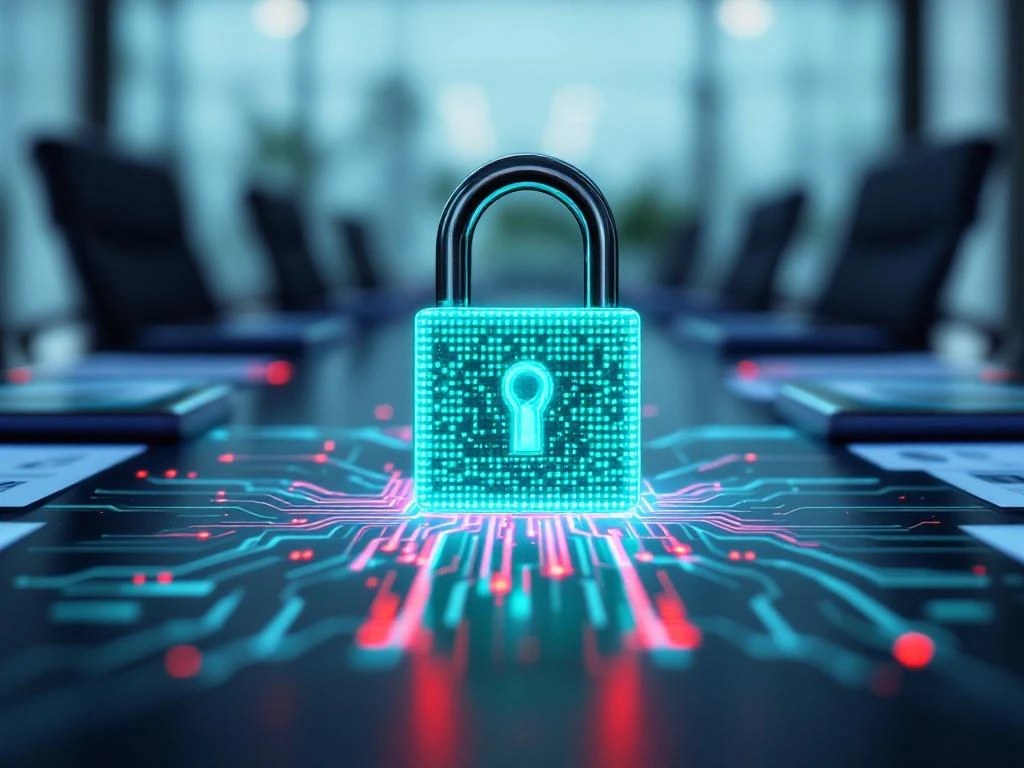

-
UK: +44 203 8876 770
US: 315 508 6500 - cybersecurity@thisisiceberg.com
-
8 Devonshire Square, London, EC2M 4YJ
When engineering leaders step into cybersecurity hiring, they often find themselves navigating unfamiliar territory. The technical skills that matter, the regulatory requirements, and even the candidate mindset differ significantly from traditional software engineering roles. This creates unique challenges that can slow down hiring processes and lead to mismatched placements.
Understanding these differences helps engineering leaders make better hiring decisions and build stronger security teams. You’ll discover why cybersecurity recruitment requires a different approach, what to evaluate in candidates, and how to create effective partnerships between your engineering and security teams.
Engineering leaders face distinct challenges when recruiting security professionals that stem from fundamental differences between security and traditional development roles. These challenges create barriers that can significantly impact hiring success:
These interconnected challenges create a recruitment environment where traditional engineering hiring approaches fall short. Engineering leaders must adapt their strategies to account for the unique technical depth, specialized knowledge, and different professional motivations that characterize cybersecurity roles. Success requires understanding not just what security professionals do, but how they think and what drives their career decisions.
Security professionals approach problems differently than software engineers. They think in terms of threat models, attack vectors, and risk scenarios. This perspective influences how they evaluate solutions and make technical decisions. Engineering leaders need to understand this mindset to conduct effective interviews and set appropriate expectations.
Cybersecurity recruitment operates under different constraints and requirements than traditional engineering hiring, creating distinct processes and considerations:
These differences create a recruitment landscape where traditional engineering evaluation methods prove insufficient. The combination of technical expertise, regulatory knowledge, and business acumen required in cybersecurity roles demands specialized assessment approaches. Understanding these distinctions helps engineering leaders develop more effective hiring strategies that account for the unique demands and career trajectories of security professionals.
Different industries have unique security requirements that affect hiring decisions. Financial services organizations need professionals familiar with PCI DSS compliance and financial regulations. Healthcare companies require HIPAA expertise. Government contractors need clearance-eligible candidates. Understanding these industry-specific needs helps target the right candidates.
The eDiscovery sector presents its own specialized requirements. Legal technology professionals must understand both technical systems and legal processes. They work with litigation support, data preservation, and electronic evidence handling. This intersection of technology and law creates a unique skill set that differs from both traditional IT and cybersecurity roles.
Evaluating cybersecurity candidates requires a structured approach that covers multiple dimensions of competency beyond traditional technical skills:
These evaluation criteria work together to provide a comprehensive view of candidate capabilities. Unlike traditional engineering roles where technical skills often dominate the assessment, cybersecurity positions require balancing technical depth with communication abilities and business awareness. The most effective security professionals can navigate complex technical challenges while maintaining collaborative relationships across the organization.
Cultural fit involves more than personality compatibility. Security professionals must balance protective instincts with collaborative teamwork. They need to challenge development decisions when necessary while maintaining positive working relationships. Look for candidates who can provide security guidance without becoming roadblocks.
Evaluate their approach to risk tolerance and decision-making speed. Some security professionals may be overly cautious for fast-paced development environments, while others might lack the thoroughness needed for high-security applications. Find candidates whose risk assessment approach aligns with your organizational needs.
Security threats evolve rapidly, making continuous learning important for effectiveness. Assess candidates’ methods for staying current with security trends, their participation in security communities, and their approach to professional development. This indicates their ability to remain effective as threats evolve.
Successful integration of security professionals requires intentional partnership building that transforms potential adversarial relationships into collaborative alliances:
These partnership strategies create an environment where security becomes an integral part of the development process rather than an external constraint. When engineering and security teams work collaboratively, they produce solutions that are both functionally effective and secure by design. This integration requires ongoing effort but results in stronger products, faster development cycles, and better team dynamics across the organization.
Establish metrics that encourage collaboration rather than competition between teams. Track indicators like time from vulnerability identification to remediation, security issue recurrence rates, and cross-team project success. These metrics reward collaborative problem-solving.
Recognition programs should highlight successful partnerships between engineering and security teams. Celebrate projects where security considerations were effectively integrated from the beginning, or where teams worked together to resolve complex security challenges.
Building effective cybersecurity teams requires understanding the unique aspects of security recruitment and fostering collaborative relationships between engineering and security professionals. The investment in proper hiring processes and team integration pays dividends in both security outcomes and team effectiveness.
When you’re ready to strengthen your cybersecurity hiring process or need access to specialized security talent, we understand these unique recruitment challenges. Our experience placing security professionals across diverse industries helps organizations build effective security teams that integrate well with existing engineering cultures.













